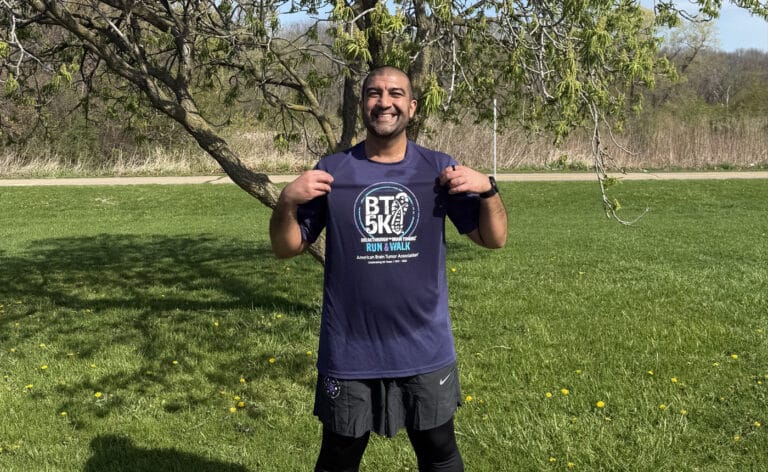Patricia Normand, MD, a psychiatrist at Rush University Medical Center and director of its Mindful Life Program, says that in order to reduce stress, she teaches students to focus on the sensation of their breath. When people know what it feels like to quickly shift focus away from what is causing them stress and onto a physical sensation, it brings them into the present moment. There, they can choose how to respond to stress rather than giving into it with a knee-jerk reaction.
Normand says that you don’t have to do it with your eyes closed; you can be in the middle of a business meeting, in the middle of a dinner; anywhere when the situation arises that’s feeling stressful to you.
Then, she encourages patients to recognize how stress in their body feels. Is there tightness in the stomach, the shoulders, the jaw? “If they’re in a situation where they’re recognizing stress, then they can make the choice to pause briefly and put attention on their breath. They can do this for one breath, two breaths, 10 breaths,” she says.
The reason it works is quite simple. The brain can only focus on one thing at a time. If you’re focusing on your breath, you’re not focusing on anything else. That stops the biological cycle of stress.
While people often assume that meditation requires a dark, quiet room and privacy, Normand says that it can be as simple as focusing on breathing. “That gives them a little space,” she says. “It interrupts the stress cascade and gives the brain a moment to stop sending signals to the adrenals to quit pouring out those stress chemicals. Because now the brain is busy doing something else.”—KS














